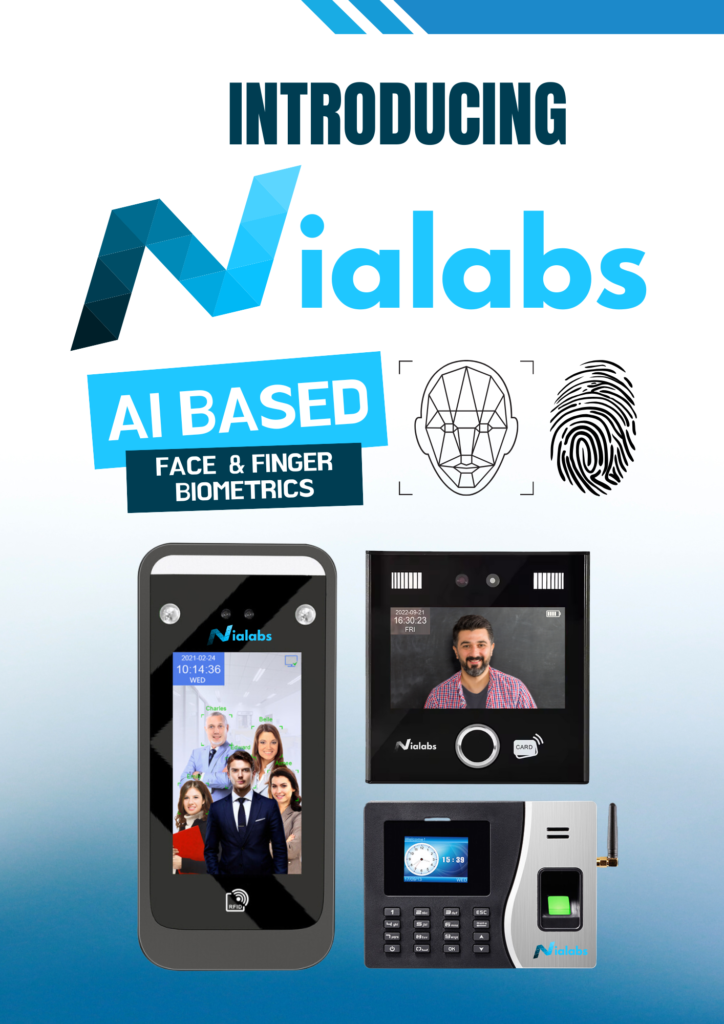Introduction
In an era where security and efficiency are paramount, Real time biometric software has emerged as a game-changer for businesses, educational institutions, and government agencies. Whether it’s using finger biometric technology or facial recognition, real-time biometric systems enhance authentication, ensuring a seamless and highly secure environment. Companies like NIALABS are at the forefront of this transformation, developing cutting-edge solutions that optimize identity verification and workforce management.
What Is Real-Time Biometric Software?
The software recognizes people through their distinctive biological characteristics including fingerprints as well as iris patterns along with facial features. Real-time biometric software performs immediate processing of authentication data to achieve faster and more dependable security and attendance monitoring.
How It Works
The program utilizes a scanner to obtain information from the biometric characteristics (fingerprints or face or iris and so on).
The software detects specific distinct patterns alongside characteristics during this phase.
The system performs live template comparison after extracting data from the subject.
Success verification leads to granted access for the individual during the Access Control process.
Benefits of Real-Time Biometric Software
Enhanced Security and Fraud Prevention
Biometric traits stand apart from stolen passwords and fake ID cards since they represent distinctive authenticating features belonging exclusively to each human being. Real-time biometric software automatically fights identity fraud because it performs immediate identity confirmation.
Improved Workforce Management
Educational institutions together with businesses use biometric solutions to precisely track attendance numbers as well as employee work duration. The biometric technology company NIALABS delivers sophisticated solutions to enable organizations to manage their workforce more efficiently through automated workforce management which reduces payroll mistakes and minimizes time theft.
Seamless Access Control
Real-time biometric authentication systems protect restricted facilities along with offices through continuous verification of approved individuals who want to access areas. Modern security platforms use AI recognition and live detection to stop users from trying to trick their systems with spoofs.
Efficiency and Convenience
Today users avoid the need to handle multiple passwords along with access cards. A single scan results in immediate verification for instant operational procedures within healthcare services and banking domains as well as educational institutions.
Applications of Real-Time Biometric Software
Corporate Security
Business organizations use biometric authentication to protect their sensitive information while blocking unauthorized entry. The company NIALABS provides enterprise-grade biometric solutions to businesses for better cybersecurity protection.
Educational Institutions
The deployment of biometric attendance solutions in educational campuses helps protect students through tracking and monitoring processes. Through instant data processing functions administrators both verify student attendance data and stop unauthorized students from using others’ attendance records.
Banking and Financial Services
Banks deploy biometric security methods as part of their online transaction systems to fight against fraudulent activities. The implementation of real-time biometric software provides banking customers with secure authentication for seamless identity verification in their banking transactions.
Healthcare Industry
Hospital clinics utilize biometric technology combined with patient recognition capabilities to secure medical records access by granting access only to permitted staff.
Future Trends in Real-Time Biometric Technology
As artificial intelligence (AI) and machine learning (ML) continue to evolve, biometric systems are becoming more sophisticated. Future developments may include:
- Behavioral Biometrics: Monitoring user behavior patterns for enhanced security.
- AI-Driven Biometric Analysis: Using AI to detect anomalies and potential security threats.
- Integration with IoT: Smart devices incorporating real-time biometric authentication for seamless connectivity.
Conclusion
The implementation of real-time biometric software enhances security verification operations throughout various market sectors. The tool demonstrates instant user authentication abilities while preventing fraud and optimizing business processes enabling its use by all sectors including private enterprise and academic institutions and public services. NIALABS and other companies maintain their commitment to biometric innovation to establish these solutions as leaders in technological development.








Leave a Reply